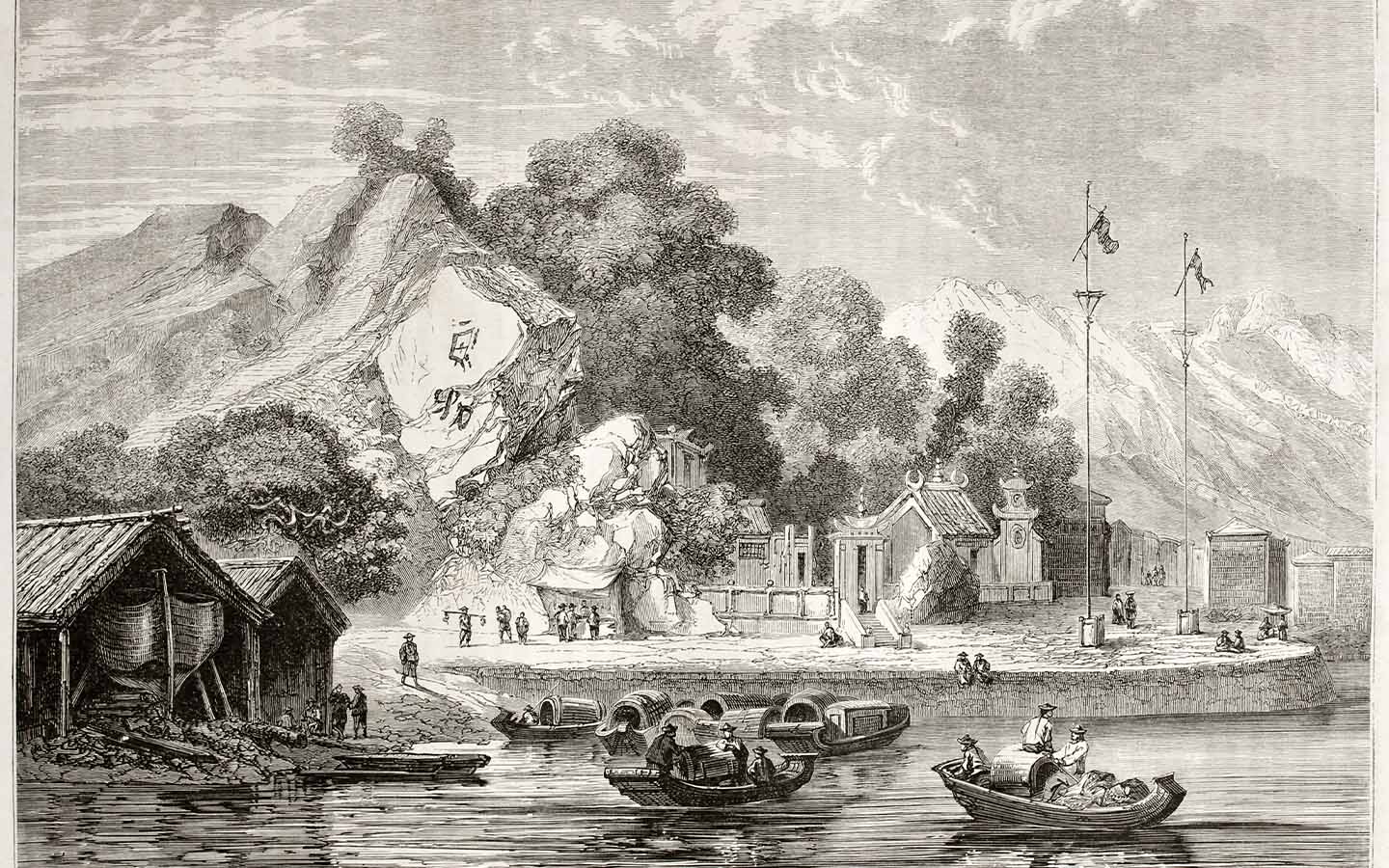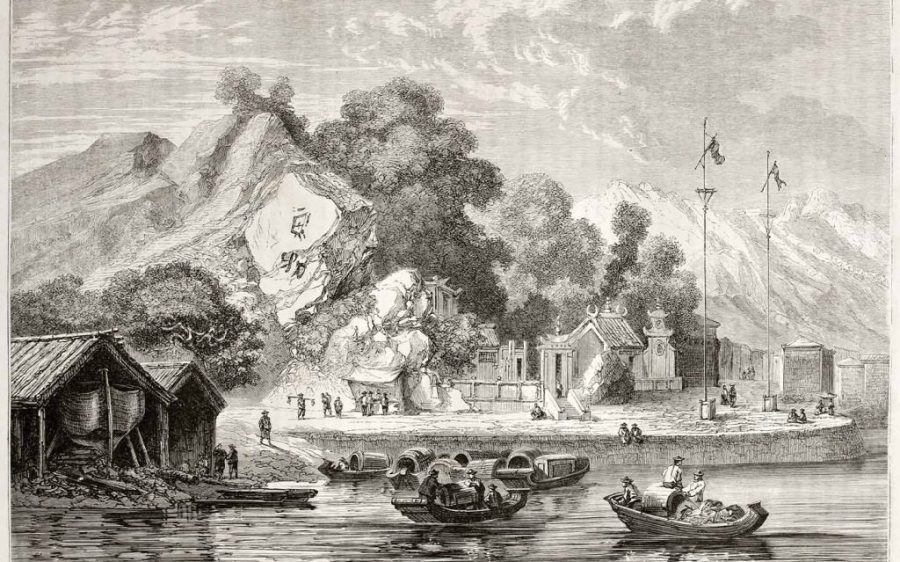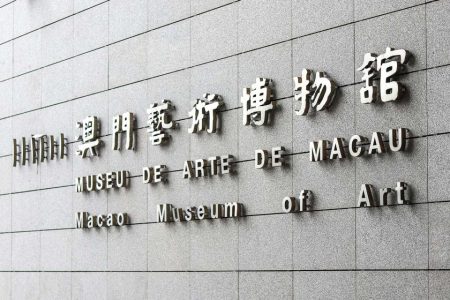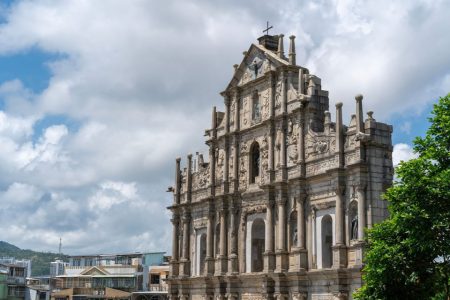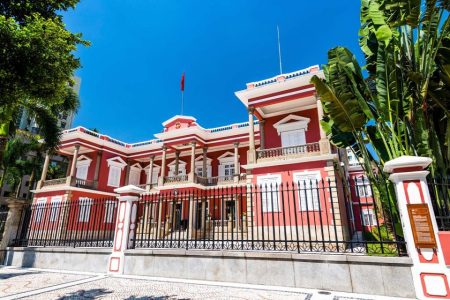Hidden within the walls of a New England museum lies a fascinating glimpse into old Macao – now brought to light in a new two-volume, Portuguese-Chinese work published by the Macao Foundation. To the Farthest Gulf for the Wealth of India: Representation of Macau at the Peabody Museum (Salem), authored by Rogério Miguel Puga, unveils the collection of artwork, diaries, and artifacts once owned by American traders who lived in Macao during the 18th and 19th centuries.
These materials, housed in the Massachusetts museum, offer a unique perspective on Macao’s history and social scene, as seen through the eyes of prominent American families like the Forbeses and Roosevelts.
Speaking in Macao, at a recent Livraria Portuguese event to discuss his book, Puga noted that access to China for foreign traders was restricted throughout the 18th and 19th centuries. Many spent several years shuttling between their Macao homes and the Canton factories where they worked, building the fortunes that would cement them into the upper echelons of American society.
[See more: ‘Come to the city as often as possible.’ Author Jason Wordie reflects on Macao]
Their written diaries, locally commissioned paintings, and furniture would follow these families back to America, finding themselves inside the mansions of New England’s most elite estates before later being passed on as heirlooms. Over time, these artefacts were donated to numerous institutions, providing what Puga described as the basis of “interart studies,” enabling him to study different mediums like journals and portraits to extract new insights about Macao’s social scene.
“It was through reading their diaries that I learned that Macao once had an Western museum, around 1829, which was likely sponsored by American traders and members of the East India Company,” Puga shares, though admitting he is unsure about the museum’s exact whereabouts.
“But we know this museum existed because it was mentioned by two American women who decided it was worth discussing in their personal journals,” he adds, depicting Macao as a female space since foreign women were forbidden to enter Canton and live with their husbands.
Researching the early American presence in Macao
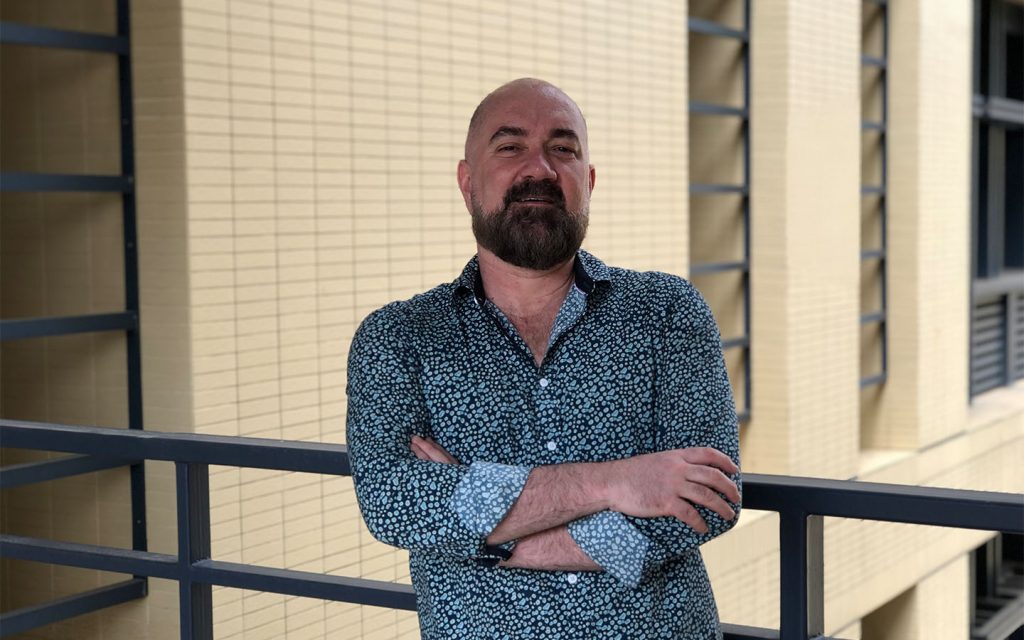
To the Farthest Gulf for the Wealth of India features hundreds of photographs, artifacts, and letters. Taking two years to complete, the project stems from a museum visit in the mid-2000s when Puga noticed a mislabeled photograph in the corner of his eye.
“This was likely a forgotten label that had been either overlooked or mistakenly misplaced during an exhibition rotation,” he recalls. But the nonchalant observation led to a series of fortunate events, which included him meeting the museum curator that would later share the gallery’s collection for Puga’s research.
For the author, studying the museum’s artwork helped visualise Macao’s physical transformation, and he later collaborated with anthropologists and other historians to pinpoint when and where these paintings and photographs were taken. In early representations, Macao is seen with barren fields and simple houses, but in later pieces a city layout emerges. Structures from street lamps to church towers become more prominent, Puga says, admitting that it was not obvious at which city locations some of the artwork was made.
[See more: Diving into Macao’s past with João Botas, the history blogger behind Macau Antigo]
The author also underscores the critical role of simple pencil sketches. Known for his portraits of influential European merchants and Chinese hongs in Southern China, famed artist George Chinnery would carry his drawing book to capture people’s daily affairs, notably the tanka women by the shore.
In one drawing, Puga highlights a cow being milked in the middle of the street, viewing it as a significant revelation since the milk was clearly not intended for a Chinese household.
“Cows were imported for European and American families, and when they moved out of Macao, the cows were left for another Western family,” Puga says.
Historical studies linking Macao and the rest of the world
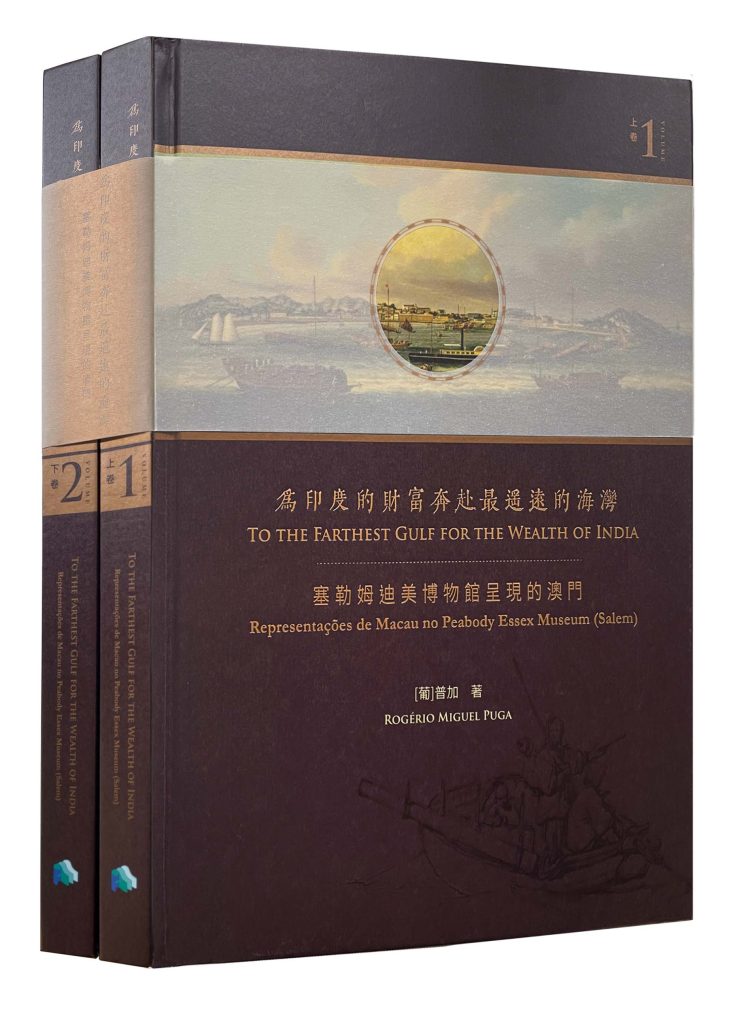
Puga, whose other books include The British Presence in Macau, 1635–1793, hopes that his latest literary project inspires new intercultural studies examining links among Macao, Southern China, and the rest of the world. Given the extensive work required, he believes a larger team of dedicated scholars is essential to undertake the endeavor.
For his own interests, Puga plans to further examine the diaries that were written in Macao. Because few would disclose their feelings openly, the content of these journals is more candid, he says. Their writings offer impressions of everything from Chinese lion dances to the ceremonies of the Portuguese Catholics that not many Americans were likely exposed to.
[See more: Remembering Michael Rogge, the YouTuber who preserved old Macao through film]
“These amateur writers were unaware that when they read their diaries to their circle of friends, they were in fact, acting as early Sinologists disseminating information about China,” Puga says.
He also comments that most were probably doing it not for educational purposes, but rather to boast their lifestyles and elevate their own social status. And yet these long forgotten narratives, once merely tools for bragging, now contribute significantly to our understanding of intercultural exchange, cementing Macao’s enduring legacy as a cultural crossroads.
